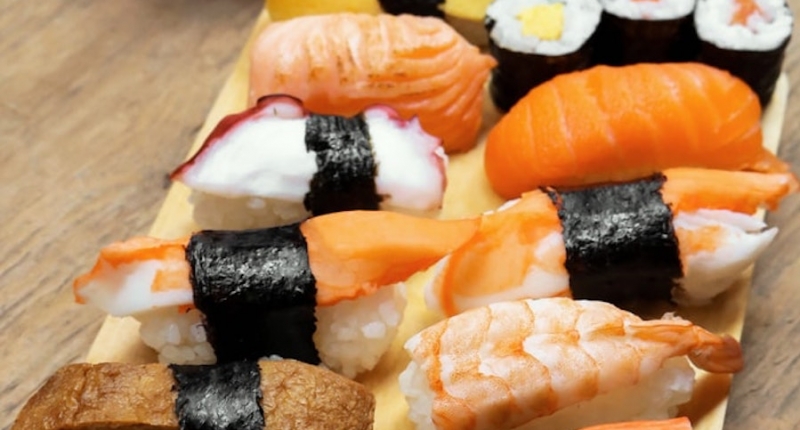Seafood Fraud Remains Prevalent in L.A. Restaurants

Seafood consumption is rising globally due to increasing population levels. Despite tougher laws and increased media scrutiny, seafood fraud remains prevalent.
While seafood fraud can be intentional or unintentional, it is difficult to authenticate the identity of a species once it is in the supply chain. A recent study published in Conservation Biology uses DNA barcoding to assess the frequency of seafood mislabeling in Los Angeles.
The study was conducted by Samantha Cheng, a postdoctoral associate at NCEAS, and researchers at UCLA, Loyola Marymount University and UC Santa Cruz from 2012-2015.
“Time and again, we found one variety of even an entirely different species to be labeled as a another more commonly known or popular fish.”
- Samantha Cheng, NCEAS Postdoctoral Associate
Over the four year study period, the investigators found that all of the restaurants served at least one mislabeled fish, and that all fish types were mislabeled at least once, with the exception of bluefin tuna.
Mislabeling occurred at high frequencies in both high end grocery stores (42%) and sushi restaurants (47%). There were consistently high occurrences of mislabeling with halibut, red snapper, yellowfin tuna, and yellowtail, with 100% of halibut and red snapper being mislabeled.
Seafood mislabeling can significantly impact public health, weaken public trust of the seafood trade, and add pressure to already over-harvested fisheries. Since the public deserves to know what they are eating, it will be important for international and federal policies to strengthen traceability in seafood products that target early points in the supply chain.
---
Using DNA barcoding to track seafood mislabeling in Los Angeles restaurants
Demian A. Willette, Sara E. Simmonds, Samantha H. Cheng, Sofia Esteves, Tonya L. Kane, Hayley Nuetzel, Nicholas Pilaud, Rita Rachmawati and Paul H. Barber
11 JAN 2017 | DOI: 10.1111/cobi.12888
